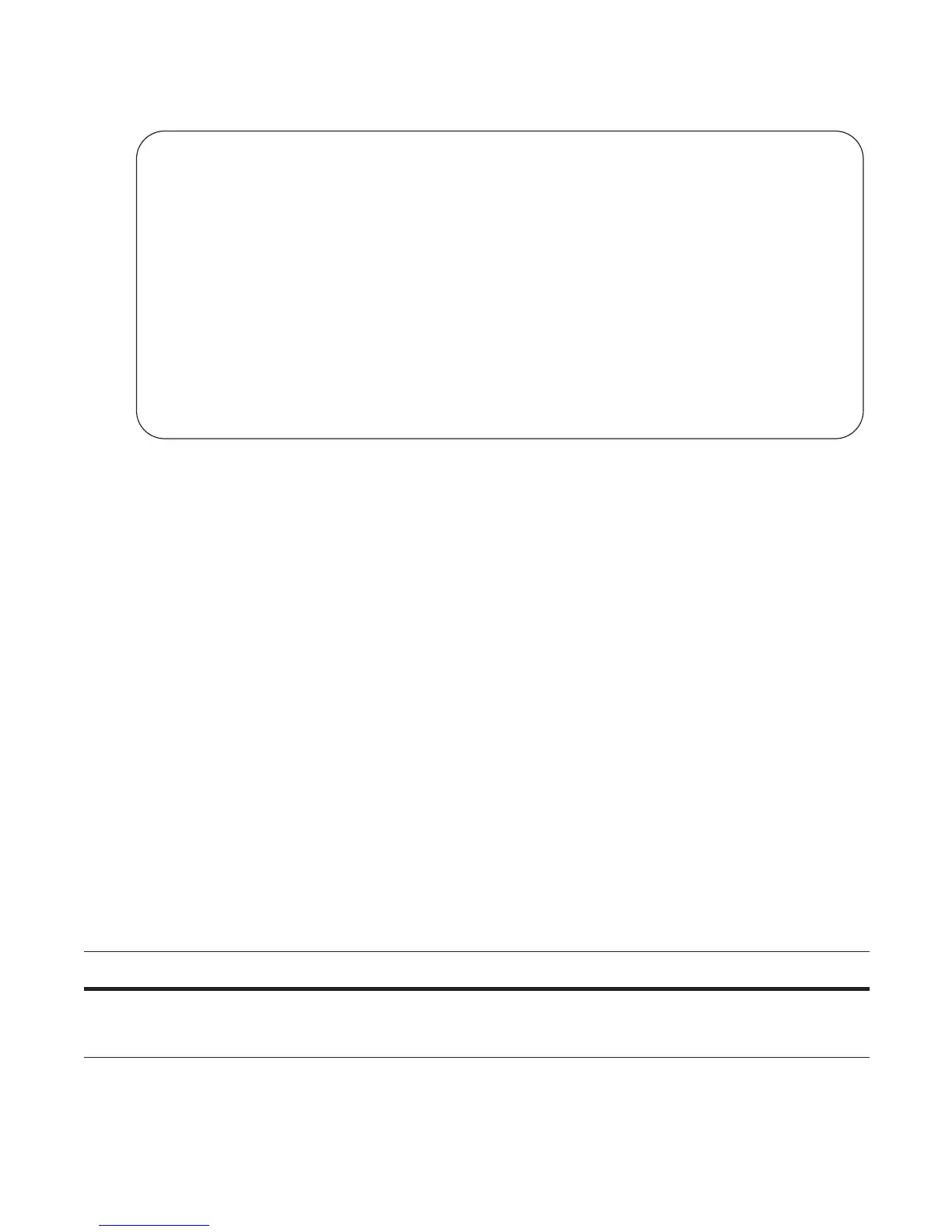428 | Quality of Service (QoS)
www.dell.com | support.dell.com
Figure 24-10. Configuration Example
The packet classification logic for the above configuration is as follows:
1. Match packets against match-any qos-AF4. If a match exists, queue the packet as AF4 in Queue 4, and
if no match exists, go to the next class map.
2. Match packets against match-any qos-AF3. If a match exists, queue the packet as AF3 in Queue 3, and
if no match exists, go to the next class map.
3. Match packets against match-all qos-BE1. If a match exists, queue the packet as BE1, and if no match
exists, queue the packets to the default queue, Queue 0.
You can optionally classify packets using their DSCP marking, instead of placing packets in Queue 0, if no
match occurs. In the above example, if no match occurs against match-all qos-BE1, the classification logic
continues:
4. Queue the packet according to the DSCP marking. The DSCP to Queue mapping will be as per the
Table 24-3.
The behavior is similar for
trust dot1p fallback in a Layer2 input policy map; the dot1p-to-queue mapping is
according to Table 24-4.
To enable Fall Back to trust diffserve or dot1p:
Task Command Syntax Command Mode
Classify packets according to their DSCP value as a secondary
option in case no match occurs against the configured class
maps.
trust {diffserve | dot1p} fallback
POLICY-MAP-IN
!
policy-map-input input-policy
service-queue 1 class-map qos-BE1
service-queue 3 class-map qos-AF3
service-queue 4 class-map qos-AF4
trust diffserv fallback
!
class-map match-any qos-AF3
match ip dscp 24
match ip access-group qos-AF3-ACL
!
class-map match-any qos-AF4
match ip dscp 32
match ip access-group qos-AF4-ACL
!
class-map match-all qos-BE1
match ip dscp 0
match ip access-group qos-BE1-ACL

